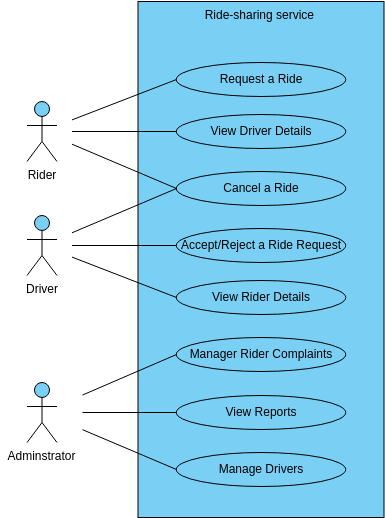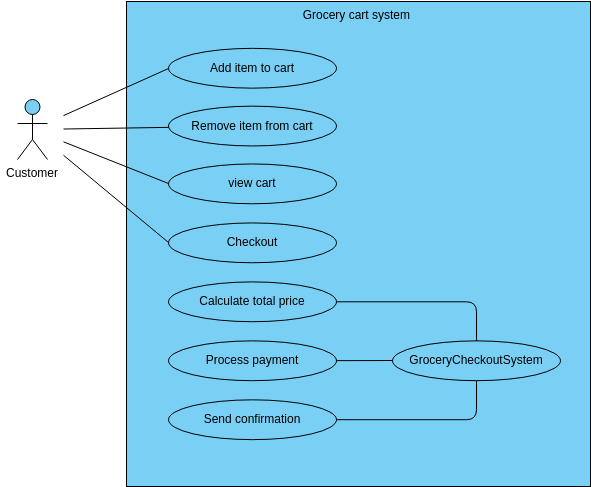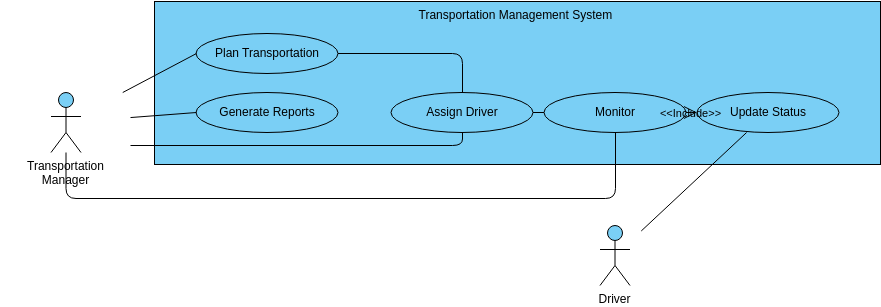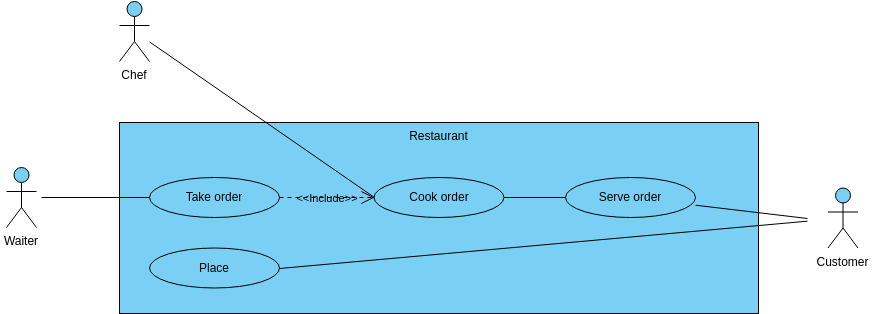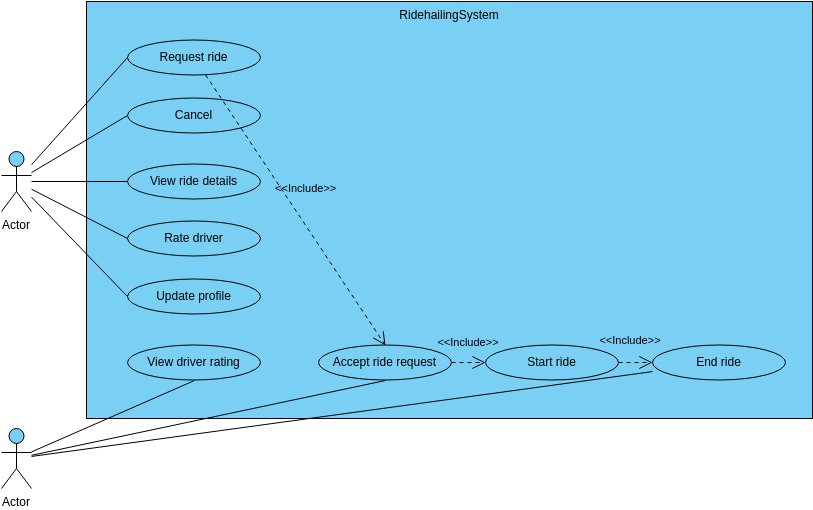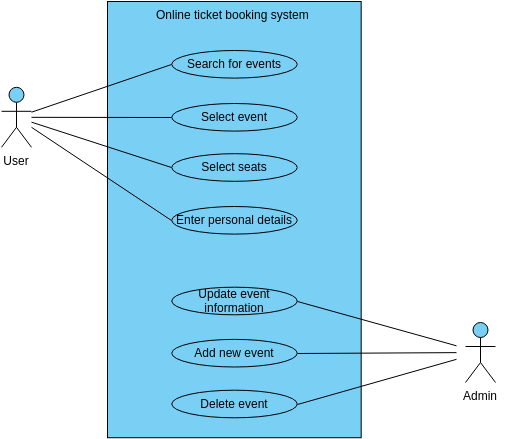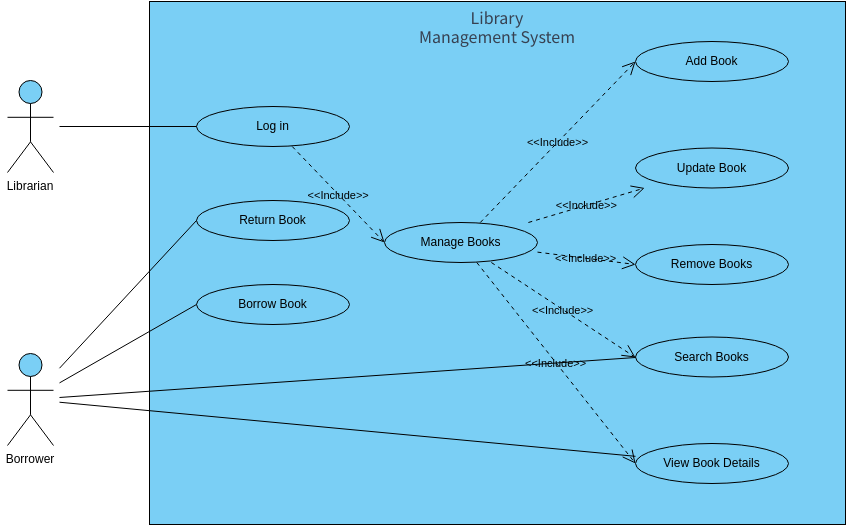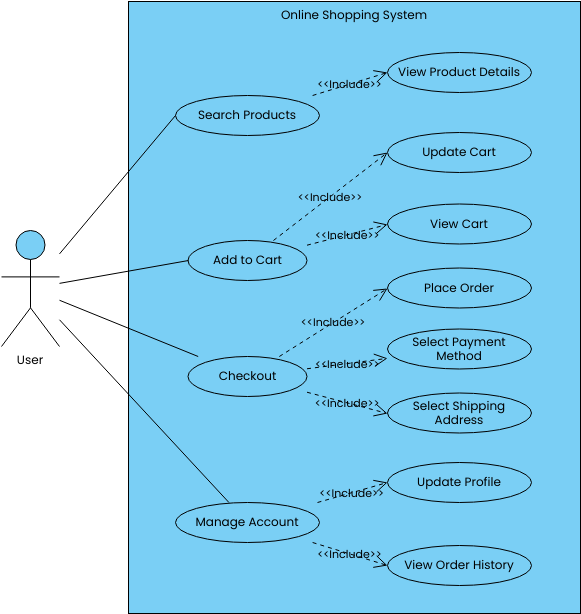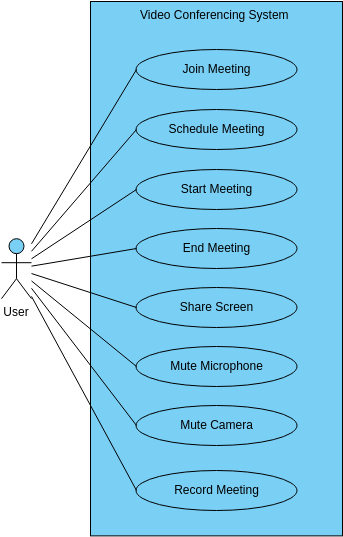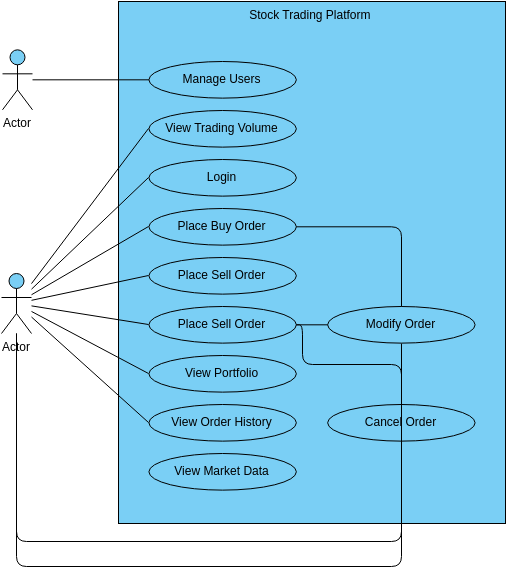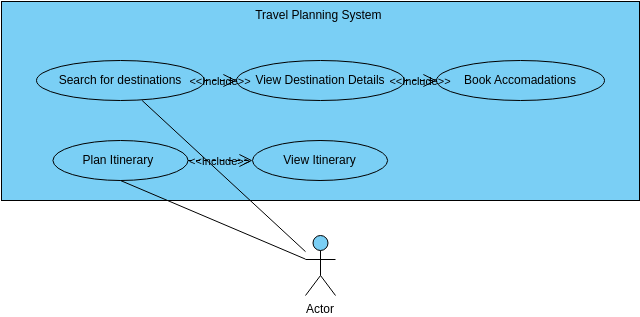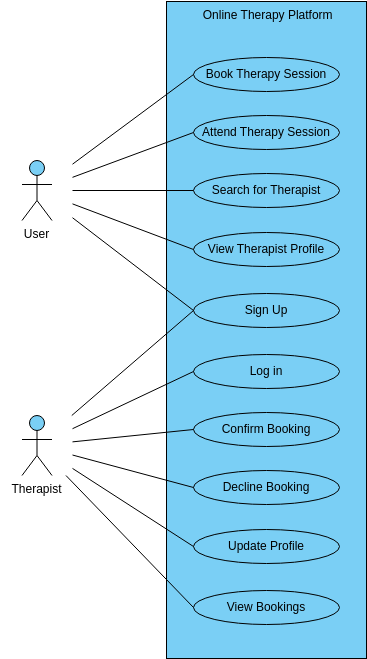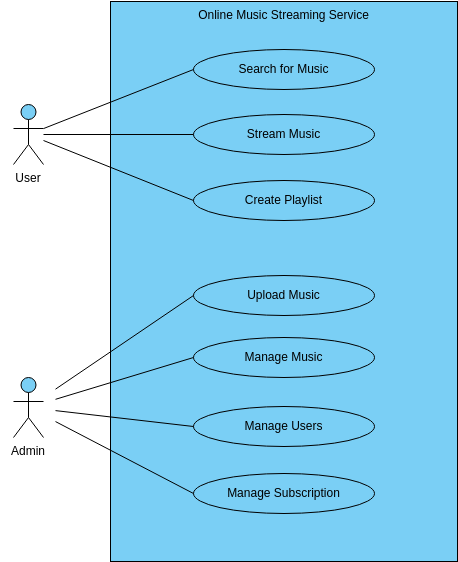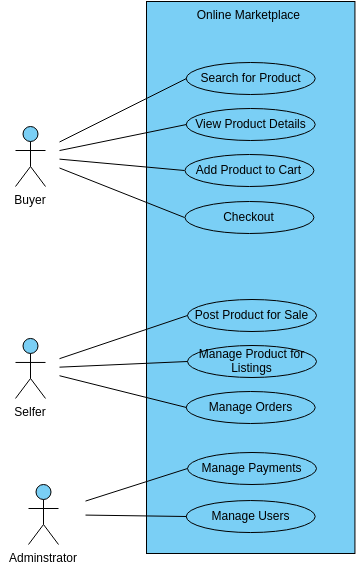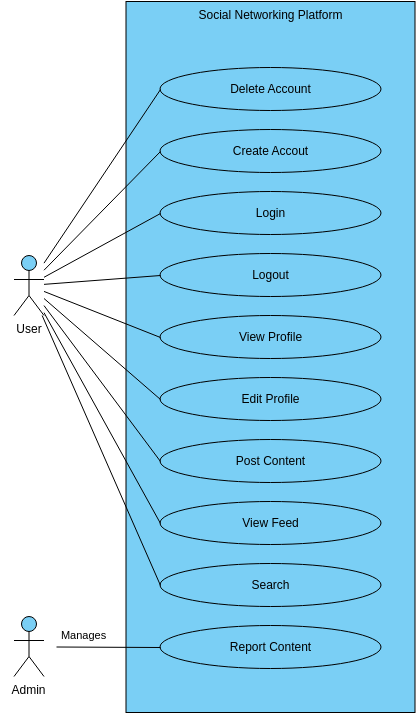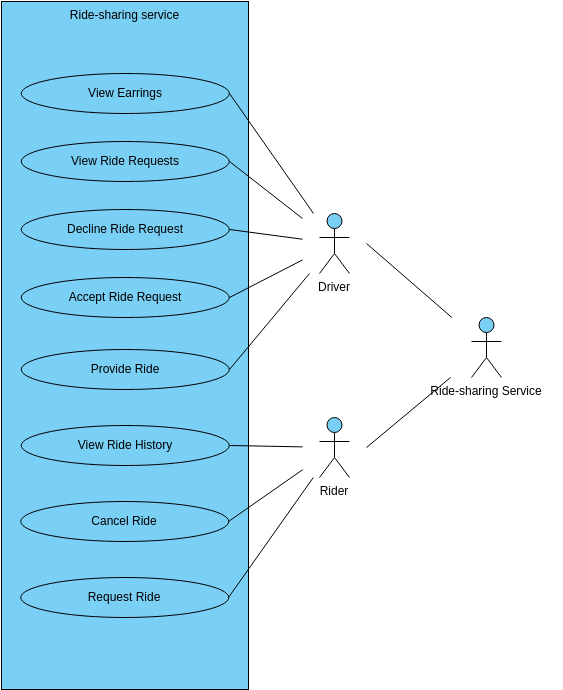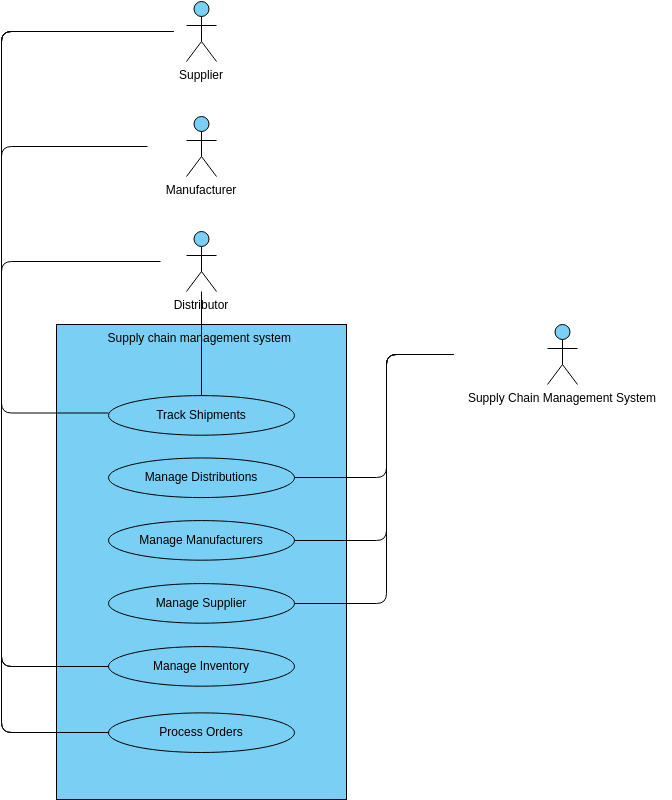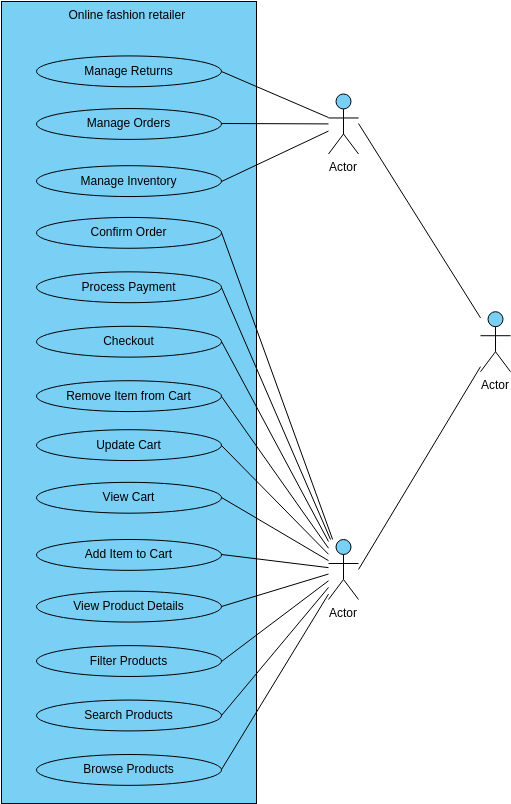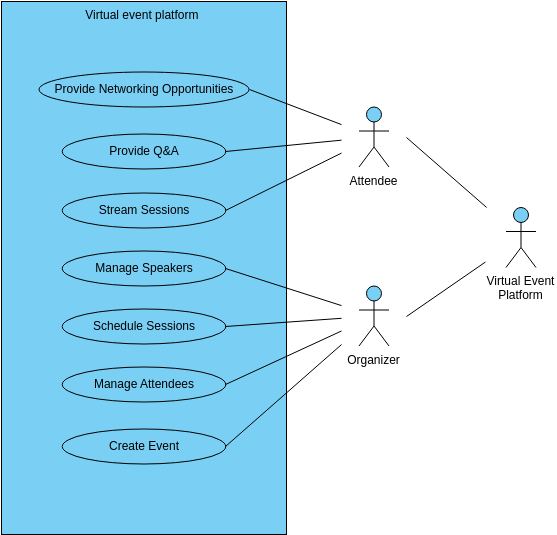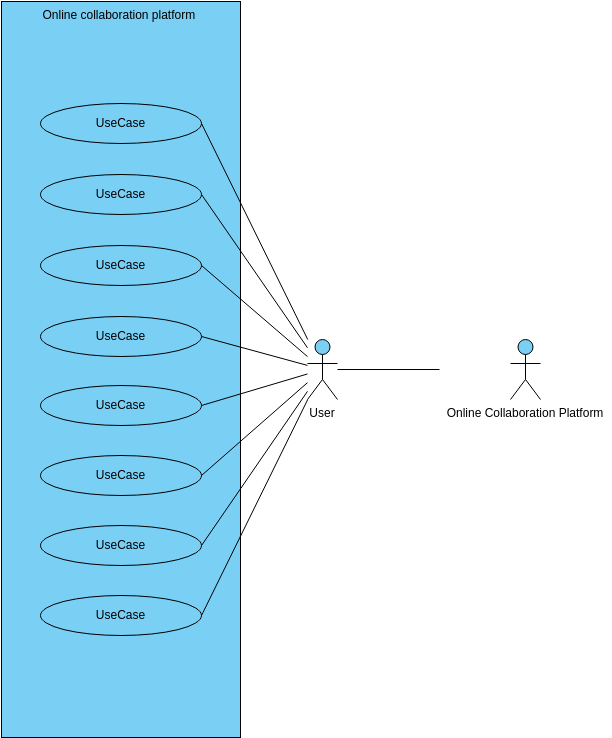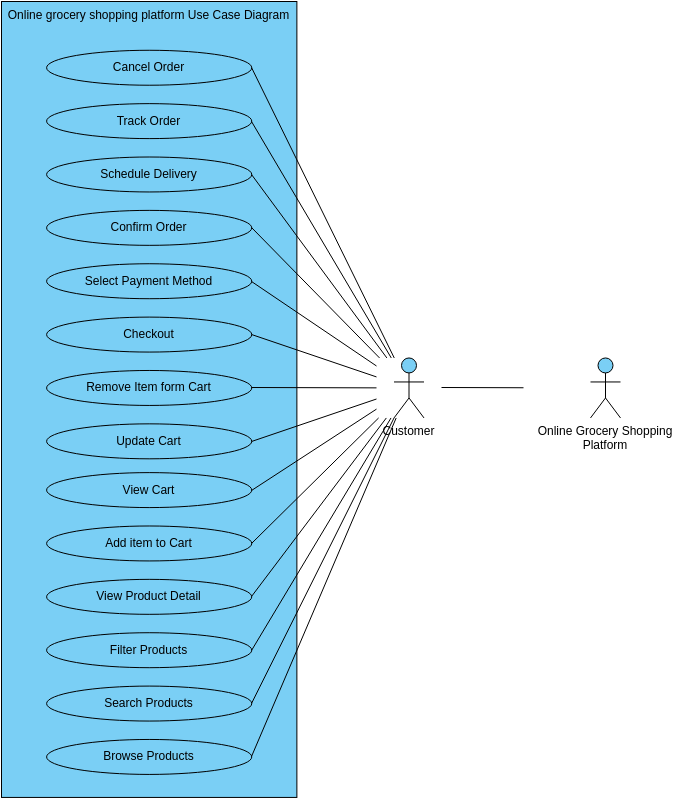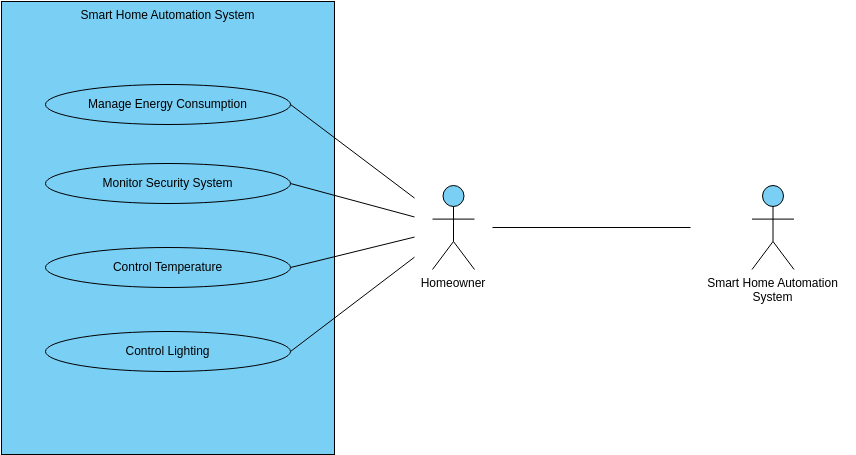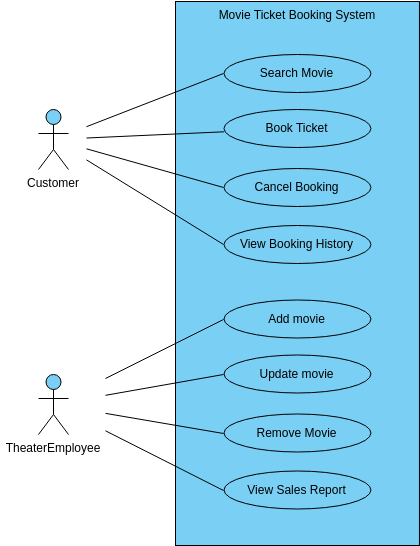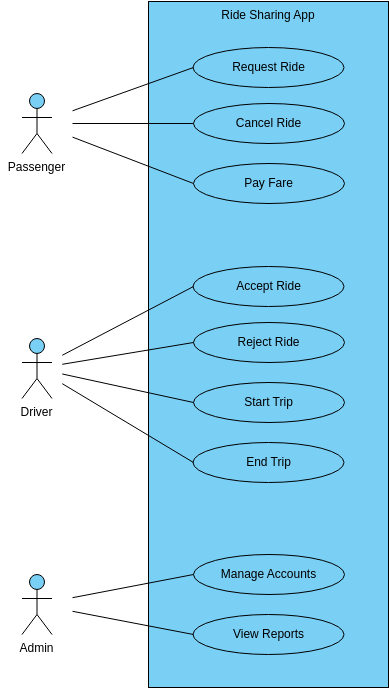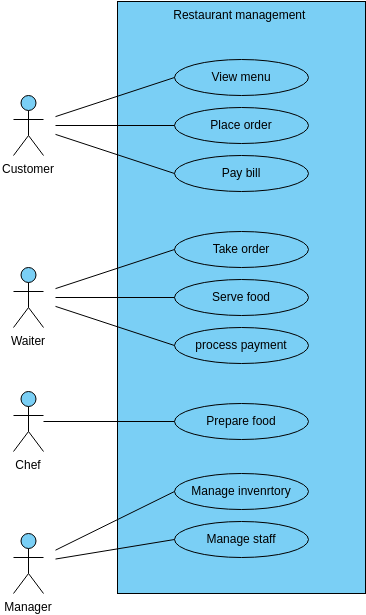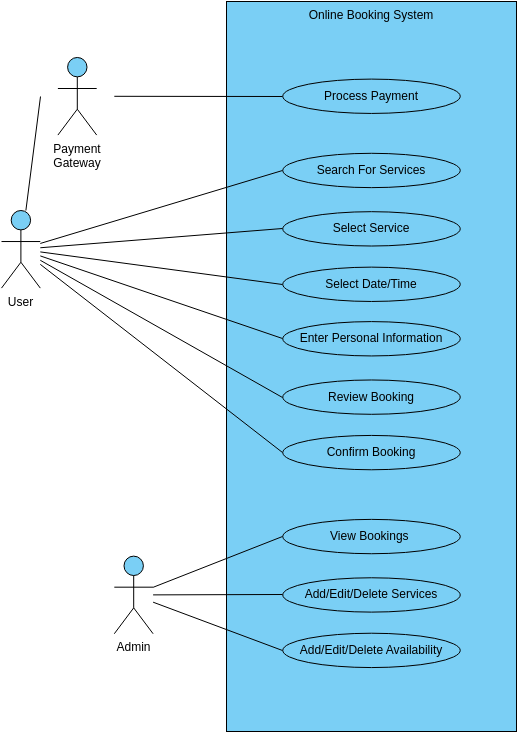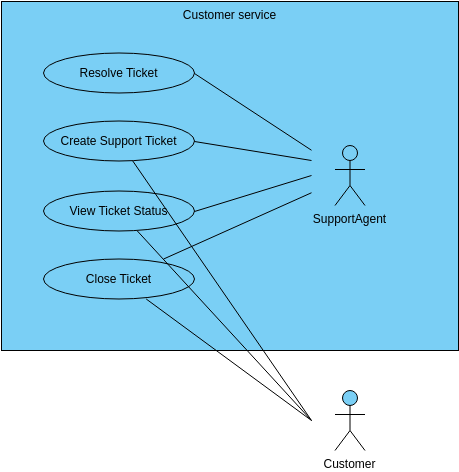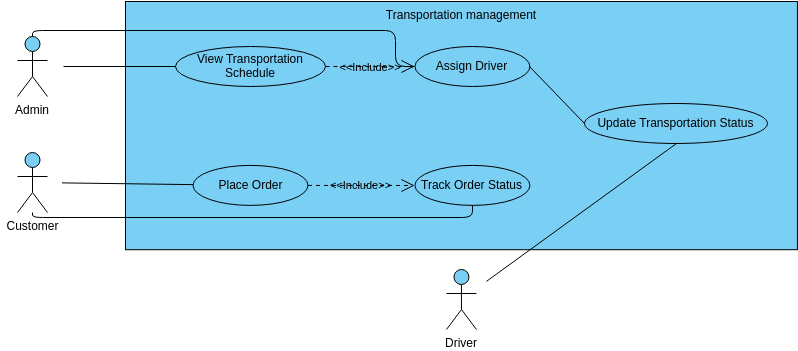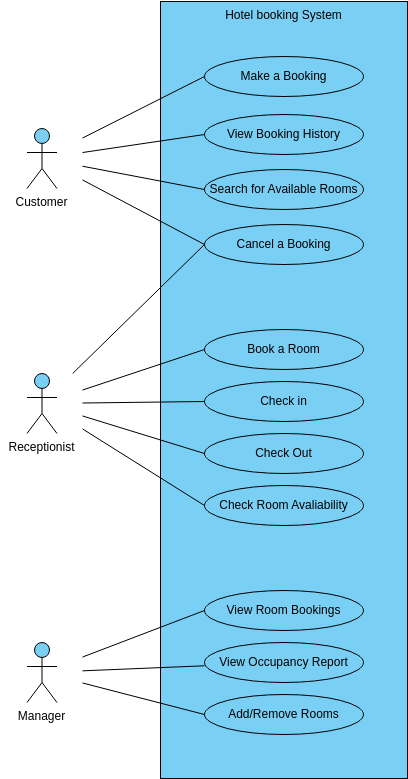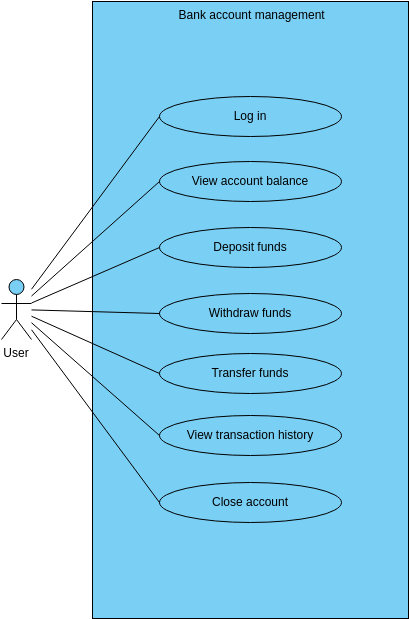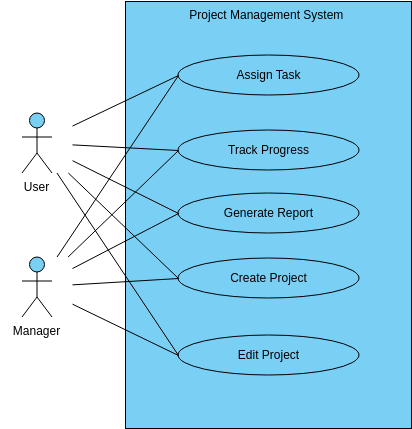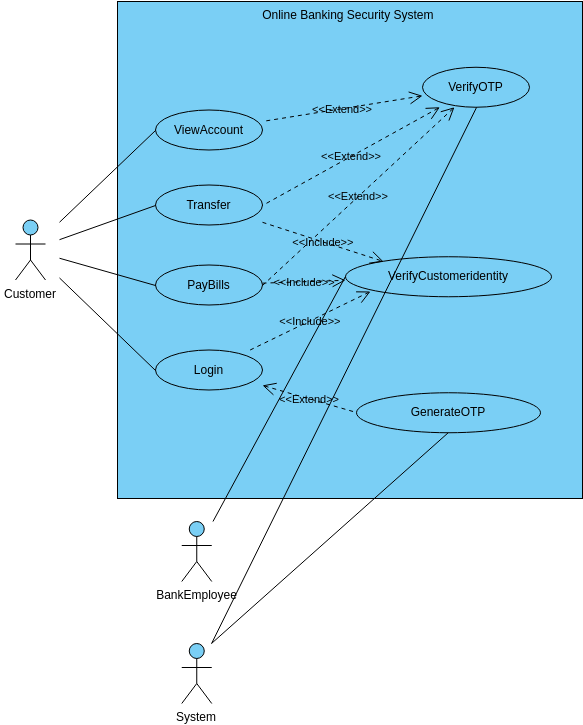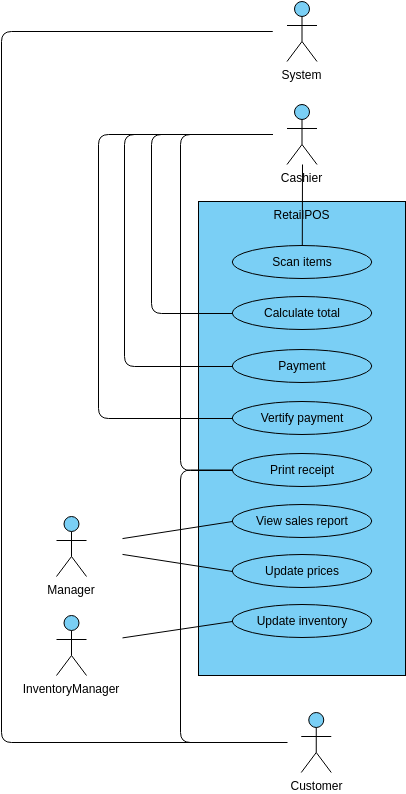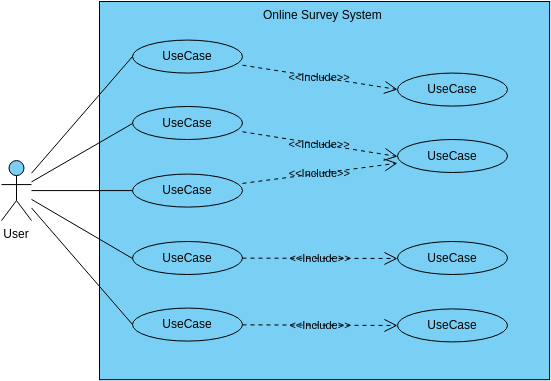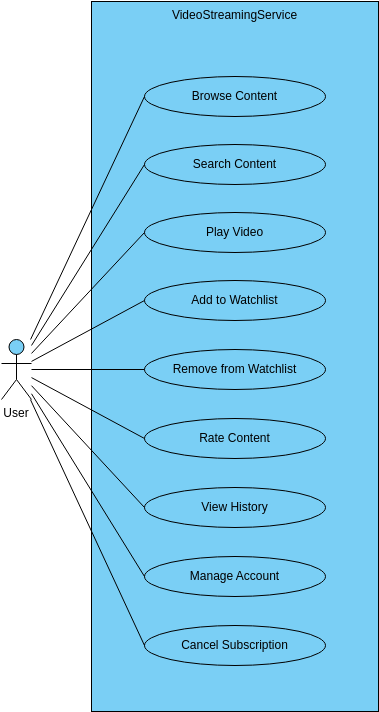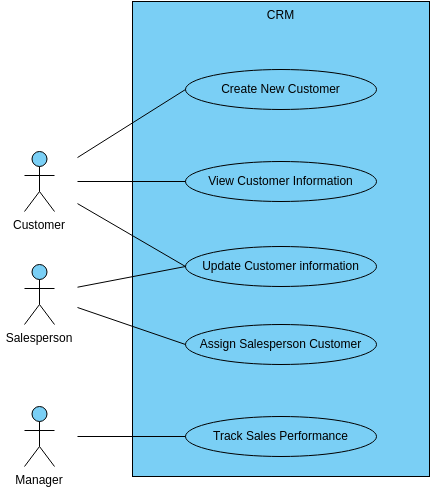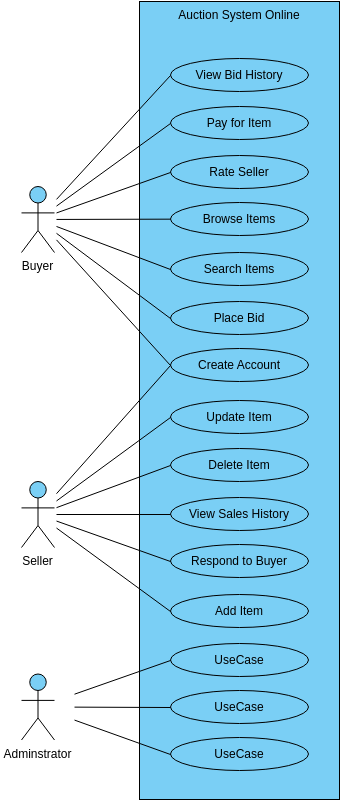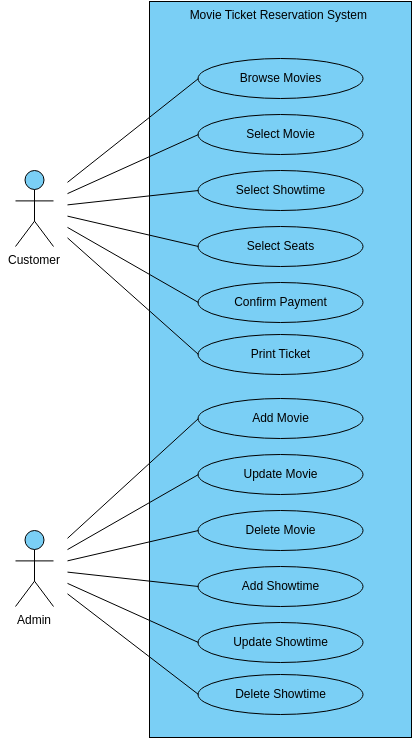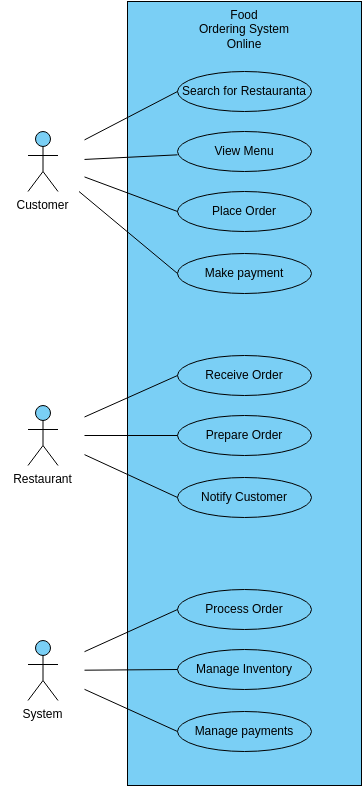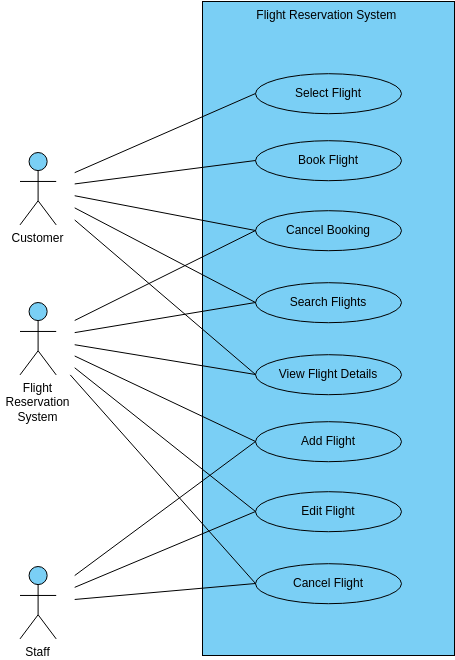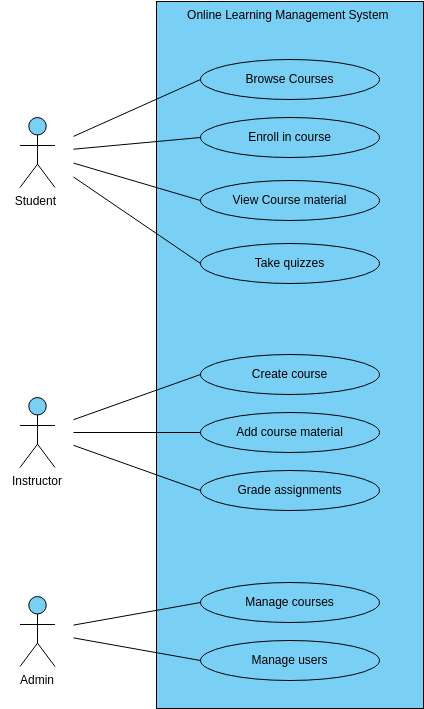Ride-sharing service
A Ride-sharing Service is a software application designed to allow users to book rides with drivers who use their own personal vehicles to transport passengers. The system typically includes features such as ride request management, driver management, and payment processing. The use case diagram outlines the various tasks that can be performed within the system.
The Request a Ride use case allows users to request a ride from a driver using the ride-sharing service. This typically involves providing information such as the pickup and drop-off locations, the number of passengers, and the desired pickup time. Once a driver accepts the ride request, the user can view the driver details using the View Driver Details use case.
The Cancel a Ride use case allows users to cancel a ride that has been previously requested. This can be done for various reasons such as changes in plans or unexpected circumstances. The system can process the cancellation and notify the driver of the cancellation.
The Manage Rider Complaints use case enables the ride-sharing service to manage any complaints or issues raised by riders. This can include issues such as driver behavior, payment disputes, or other concerns. The system can investigate the complaint and take appropriate action, such as suspending the driver's account or issuing a refund to the rider.
The View Reports use case allows the ride-sharing service administrators to view various reports related to the system's performance. This can include reports on ride volume, driver performance, and revenue. The Manage Drivers use case enables the ride-sharing service to manage its drivers, including adding or removing drivers, updating driver information, and managing driver permissions.
Pros of creating this diagram
Creating a use case diagram for a Ride-sharing Service can provide several benefits. First, it can help to identify any gaps or areas of improvement in the system's functionality and ensure that all necessary use cases have been accounted for. This can help to avoid potential issues or errors that could arise during the system's implementation and use.
By mapping out the various use cases, stakeholders can gain a better understanding of how the system works and how it can be leveraged to improve ride-sharing processes.
Second, the use case diagram can serve as a valuable communication tool between stakeholders, including ride-sharing service managers, developers, drivers, and riders. It can help ensure that everyone involved in the system's development and implementation is on the same page and has a shared understanding of the system's purpose and functionality. This can help prevent misunderstandings and ensure that the system meets the organization's needs and expectations.
Third, the use case diagram can help to improve collaboration between stakeholders, which can lead to a more successful implementation and adoption of the system. By identifying potential gaps or issues in the system's functionality early on, stakeholders can make necessary adjustments to the system, ultimately leading to a more efficient and effective system development process. Additionally, the use case diagram can help to facilitate communication and collaboration between stakeholders, improving the chances of a successful implementation and adoption of the system.
